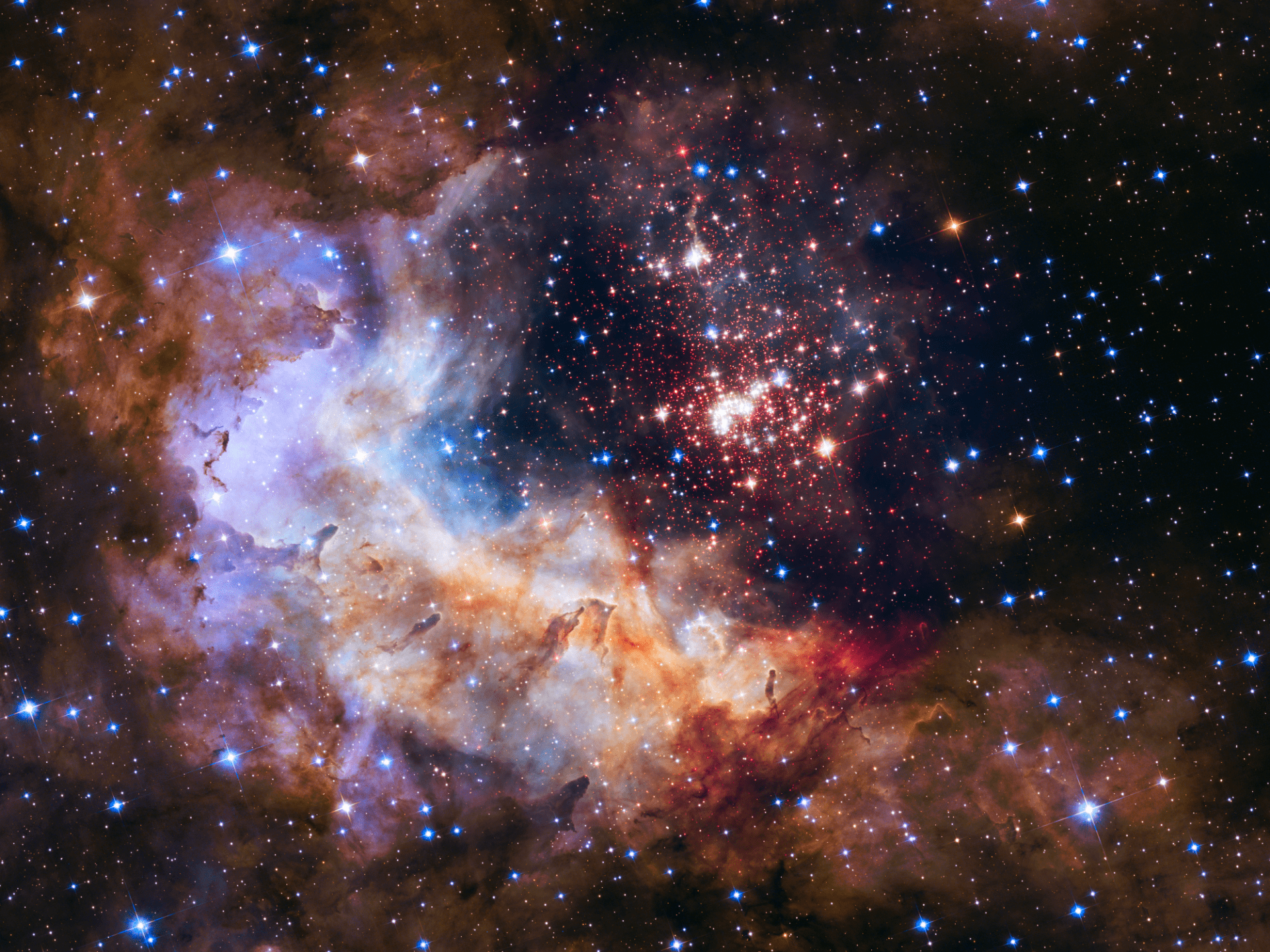What is the Pulsar Scintillation Project?
Similar to the twinkle of the stars, we observe pulsar scintillation as a fluctuation in the intensity of the radio signal. This radio light experiences diffraction and refraction while passing through the free electrons in the ionized interstellar medium. Once these signals reach our telescope, due to constructive and destructive interference of radio waves, we observe how the signal intensity changes in time and at different radio frequencies. On the Pulsar Science Collaboratory (PSC) scintillation team, we observed up to 10 strong Pulsars with the Green Bank 20-m telescope. The pulsars studied had dispersion measures (DMs) between 15 to 40 pc/cc and with fluxes greater than 10 mJy at 1400 MHz. These pulsars were observed for half an hour to two hour-long observations around the frequency of 1400 MHz. Pushing the limit of the 20-m telescope, we were able to observe the effects of pulsar scintillation in most of our pulsars and calculate scintillation bandwidths and timescales. Our goal is to see these scintillation parameters change with time, compare them to the predictions of the electron density models, and calculate and locate where in our line of sight the scattering screen, the region where the effects of scattering are dominant, is located. Tracking individual scintillation structures in a dynamic spectrum, known as scintles, and measuring their characteristic widths in both frequency and time, known as the scintillation bandwidth (∆νd) and timescale (∆td), respectively, can provide valuable insight into the structure of the IISM along a given LOS. Electron density models of the galaxy, such as NE2001 [1] or YMW16 [8], can make predictions of what these two quantities should be for a given location on the sky given distance and observing frequency, and comparisons of these predictions to observed values can help inform and update these models, leading to more in-depth understanding of the structure of our galaxy. We plan for this work to result in a publication in the Astrophysical Journal in February 2024!
Our Team

Documents
We presented our research at the 243rd American Astronomical Society (AAS). Click here to view our poster.
We currently use the 20-meter radio telescope at the Green Bank Observatory for our research. We submitted a proposal to use the Green Bank Telescope (GBT) which is the world’s premiere single-dish radio telescope operating at meter to millimeter wavelengths. Below is the attached proposal for the Green Bank Telescope. You can also see our scientific motivation behind why we are conducting research for pulsar scintillation in the document. Click here to view the proposal.
Data
Out of the ten pulsars we have observed, the J0332 + 5434 is the strongest we have observed and presented the most beautiful scintles. I’ve included the most beautiful looking plots of this pulsar below.
Dynamic Spectra:
J0332 + 5434 MJD 60286 DATA 8 Dynamic Spectra

Secondary Spectra:
J0332 + 5434 MJD 60286 DATA 8 Secondary Spectra
Arc 1:

Arc 2:

Two arcs indicate the possibility of two different screen or interstellar clouds of gas that the radio waves from the pulsar pass through.
Time Series Plot:
This is a plot of all the observations and their respective screen distances. The ones in green are the observations we found arcs for; the blue ones are the weighted mean Lorentzian screen distance; and the red ones are weighted mean Gaussian screen distance. There are three distinct groups of observations which might indicate a possibility of three different screens. More observations will be needed to confirm this.

Summary Results:
This is a summary of all the data collected from the pulsar I’m observing, the J0332+5434 Pulsar.

These are the summary results for the data that without the outlier (the outlier is the green observation all the way in the bottom-right corner in the time series plot). Only the Weighted Mean ArcCurvature results are different due to the screen being much closer to Earth than the other screens, making it an outlier.


